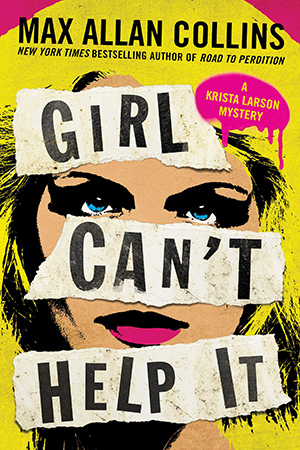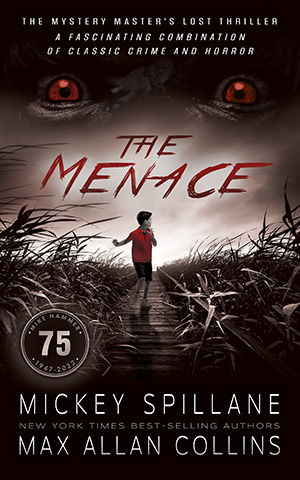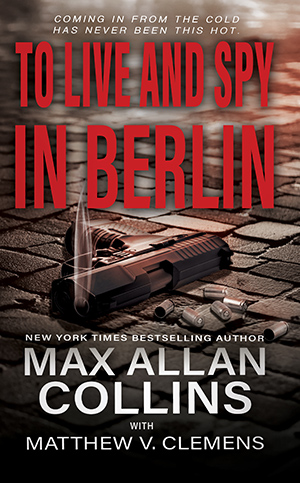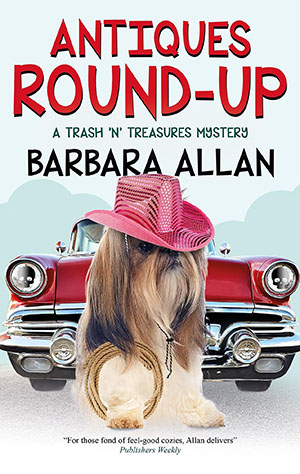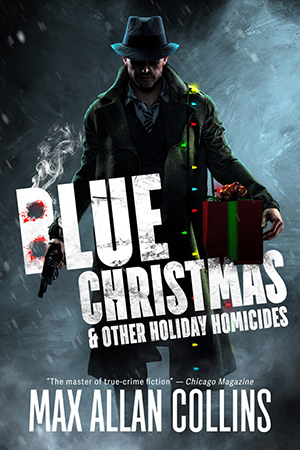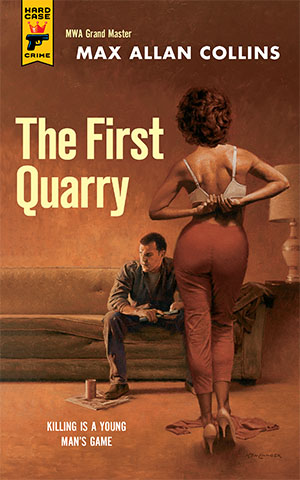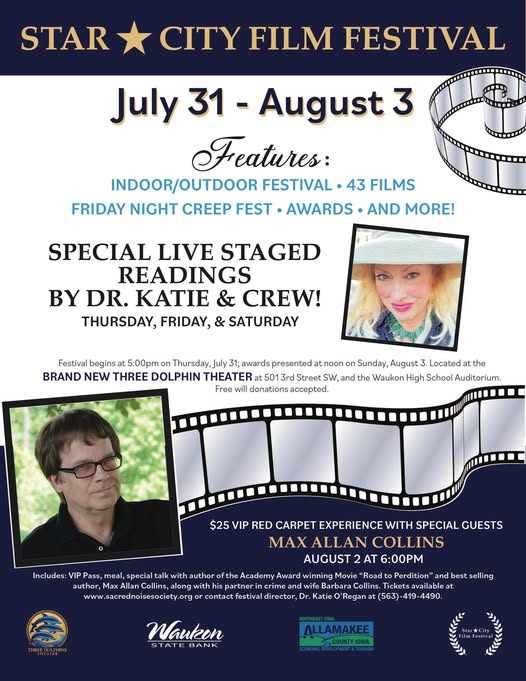I try not to be overly commerce-oriented here, doing topics (in the Bob and Doug vein) that might be of interest to readers of mine in a fashion that doesn’t necessarily promote something that’s just come out or is about to.
Many of you who stop by here are fans of Nate Heller and/or Quarry and/or Mike Hammer, and some of the other things I do are not of much – perhaps of any – interest. I want to speak to those readers right now and discuss a few things of mine that they may not have tried.
Yes, here at the Skippy Peanut Butter Company, we have both smooth and chunky style.
I have done very well at Amazon’s publishing line, Thomas & Mercer, with my back-list titles, chiefly Nate Heller but also the “disaster” series, the five Mallory novels and a few stand-alones. My frequent collaborator, Matthew V. Clemens, has co-authored five successful T & M titles with me, including the bestselling Reeder & Rogers political-thriller trilogy, notably Supreme Justice.
I also did two novels about small-town Chief of Police Krista Larson and her retired police detective father, Keith Larson, who solve crimes in tourist-trap Galena, Illinois. These were designed to be my American entry into the “Nordic noir”-style of mystery. The first, Girl Most Likely, did rather well. The second one, Girl Can’t Help It, is the only Thomas & Mercer title of mine that hasn’t “earned out,” i.e., made back its advance.
Girl Can’t Help It is also the only novel of mine that deals with my experiences as a rock musician (I was a “weekend warrior,” singing and playing keyboards, for almost sixty years). The lack of success the novel has thus far experienced may reflect readers of Girl Most Likely not liking that novel enough to try the second in the series. I hope that is not the case, but….Anyway, I had planned a third but that never happened, for obvious reasons.
But if you like my work, you will probably enjoy meeting Krista and her father.
If you’ve followed my Mike Hammer titles, in which I complete unfinished material from Mickey Spillane’s files, you may also be familiar with the three Hard Case Crime non-Hammer titles, Dead Street, The Consummata and The Last Stand. But are you aware of the one Spillane horror novel that I completed?
The Menace, published by Wolfpack, I developed from an unfilmed Mickey Spillane film script. I had done this previously with the western, The Saga of Caleb York, also Kensington titles. The Menace reflected Mickey’s desire to meet Stephen King on the latter’s home ground, a monstrous menace terrorizing a father and his mentally challenged son, who may – or may not – be imagining he’s being protected by a resurrected Aztec mummy. I like the book a lot, but it’s easily the least read Spillane/Collins title.
One of the great disappointments of my writing life has been how few readers have found their way to the John Sand trilogy written by Matt Clemens and me. The conceit of these novels, set in ‘60s period, is that John Sand is the retired (and now unfortunately famous) secret agent who James Bond was based on. These gave Matt and me a chance to expose our inner Bondian natures, and I frankly think these books they’re terrific. They were published individually by Wolfpack. Here’s the third of the three.
I talk about the Antiques series here frequently, the slyly subversive “cozy” mysteries that my wife Barb and I write together. It’s the longest-running series of mine, at 20 books, and (as you probably know) we recently mounted a movie, Death By Fruitcake, based on a novella featuring mother-and-daughter sleuths, Brandy and Vivian Borne.
Look. You may be after the tough stuff I peddle, the hardboiled Heller, the noir poster-child Quarry, the uber-tough Mike Hammer; but the Antiques series is filled with wacky humor and twisty mysteries, and — if you haven’t tried one – you are (in my completely unbiased, wholly objective opinion) missing out.
Also, some longtime readers of the Trash ‘n’ Treasures/Antiques mysteries have fallen away since we moved the series to Severn House, our British publisher who sometimes don’t make us into your local Barnes & Noble or BAM! (This is not Severin’s fault – the stateside brick-and-mortar bunch are to blame, indie booksellers somewhat better about it.) But, at any rate, you may have been having trouble finding the last few Antiques titles. The current entry is a good one for longtime fans, who’ve fallen away, and new readers, who haven’t boarded the Serenity Trolley yet.
I mentioned last week that my little micro-budget movie Blue Christmas is available at Amazon – $7.49 for the DVD and $10.87 for the Blu-ray.
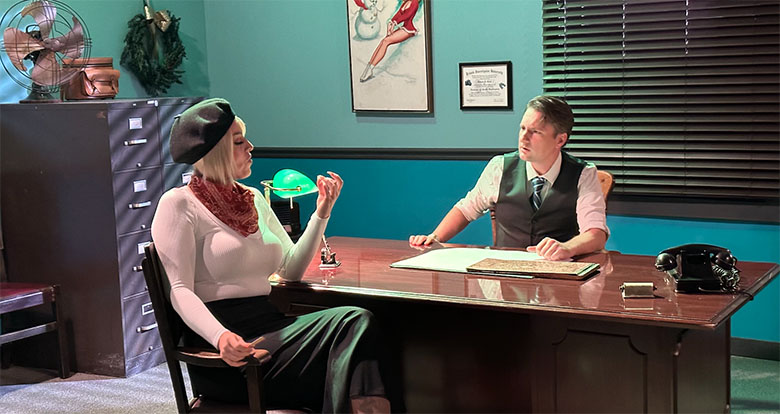
Blue Christmas can be streamed now on Tubi and The Roku Channel for free with ads, and on Amazon Prime Video for a modest price. Tubi runs a handful of commercials up front before presenting the film without any interruption.
The source of Blue Christmas is my novella A Wreath for Marley, which is the lead story in my Wolfpack-published Blue Christmas & Other Holiday Homicides.
Copies of the Blu-ray and DVD’s of Blue Christmas are perfect stocking stuffers. In my opinion. So would a copy of the Blue Christmas short story collection. And your personal bookshelves are yearning for all of titles here – unless you already have them, in which case…God Bless Us, Everyone.
Here is a fun review of Tough Tender at the Pulp, Crime & Mystery Books site.
Quarry gets some love from borg here.
And this is a terrific article on the film version of Road to Perdition.
M.A.C.
